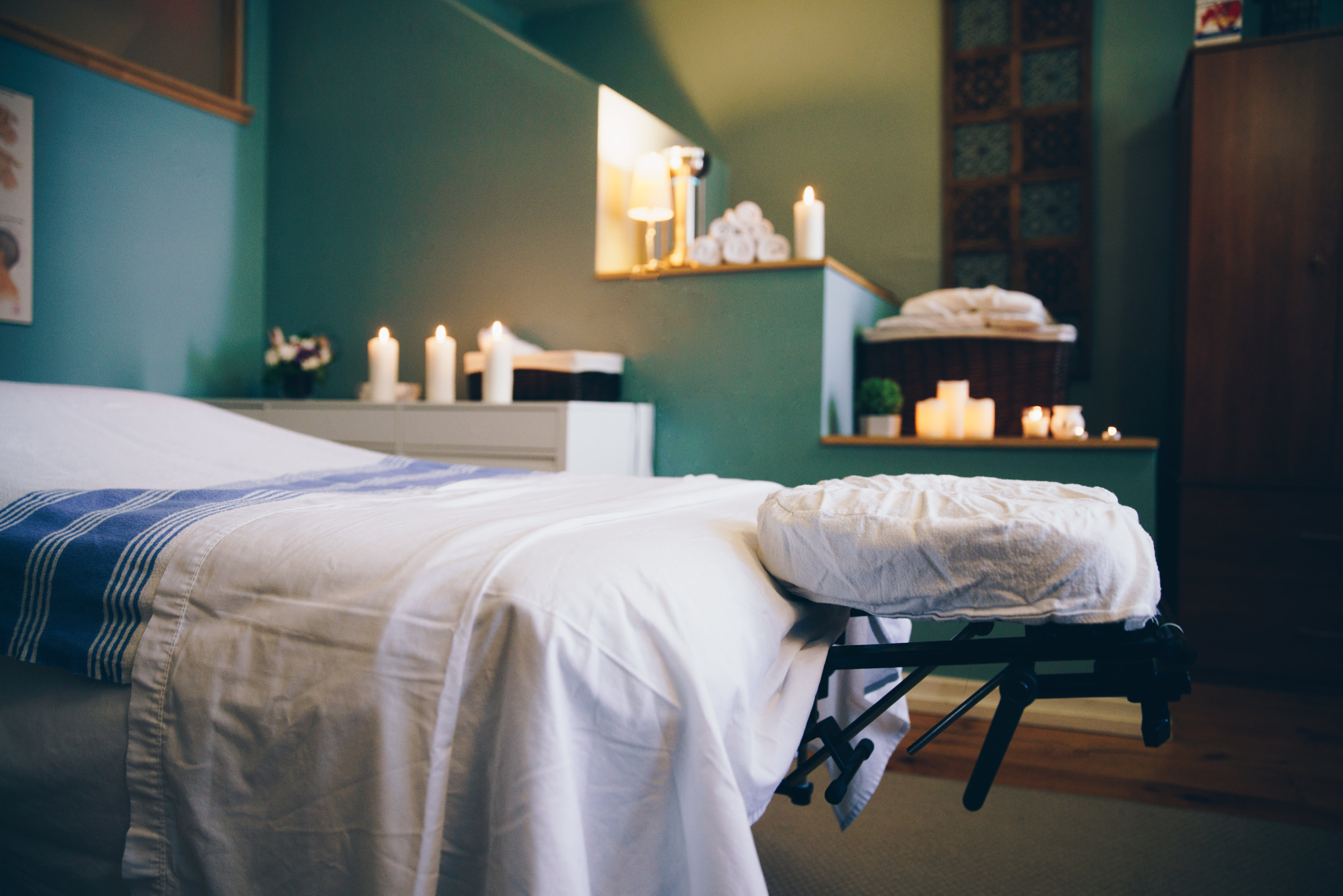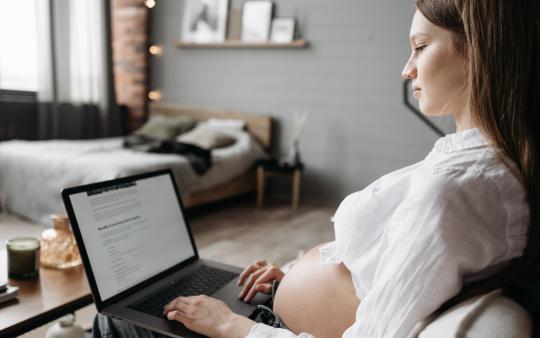Pregnancy is such a beautiful time and process. The fact the human body can grow new life will always be something that amazes me. Unfortunately, pregnancy isn’t all sunshine and rainbows for the child bearer; it can also be quite uncomfortable and painful. Pregnancy comes with many side effects, such as morning sickness and body pains as the body changes.
During pregnancy, the body must change as the baby starts to grow. The ribs expand, which can cause pain between the ribs and difficulty with deep breathing. The low back starts to curve in more from the weight of the baby belly, potentially causing low back pain. And let’s not forget the many changes and influxes to the hormones that can cause other pains and discomforts.
Every pregnancy and every person is different. Pain can occur anywhere for a number of reasons, and it’s not limited to specific areas known to be sore in pregnancy. But when it comes to prenatal massage, we want to make sure we are helping you with the pain that you feel in the safest way possible.
Prenatal Massage
Massage during pregnancy can be very beneficial for pains that can arise while the body is changing and growing. There are specific massage techniques that Registered Massage Therapists (RMT) cannot do while a client is pregnant, as they are contraindicated. But the primary thing that you should be aware of prior to your prenatal massage appointment is the position you will be laying in during each trimester and why.
First Trimester
The first trimester stretches from conception to 13 weeks. During this stage of pregnancy, a RMT can have their client lie face down on their stomach and face up on their back during the massage; a pillow can be placed under the knees in both positions. Some exceptions to lying face down include the baby bump being slightly bigger during this trimester and the client feeling uncomfortable. If either of these exceptions apply, we will alternatively get the client into a side-lying position.
Before booking a massage appointment during this trimester, it is also important to note some specific considerations. Abdominal massage and massage to the tail bone are both contraindicated during the first trimester of pregnancy. If you do have discomfort in these areas, we have different techniques that we can use, self-care tips, and are able to work on compensatory muscles that are not directly in the contraindicated area. These will be based on each client’s needs.
Second Trimester
The second trimester spans from 14–27 weeks. During this stage of pregnancy, the client is no longer allowed to lie face down on their stomach as the baby bump is protruding too much and is not safe for the baby. To be able to massage the back and the back of the legs, we make the switch to a side-lying position. This is where the client lies on one side with pillows as added support—one pillow under their head, one between their legs, and one for them to hug.
In the side-lying position, I personally start by massaging the one side of the back that the client is not lying on. I then massage the top leg (the leg that the client is not lying on). The next step is to have the client turn onto the other side and massage the other half of the back and the other leg. In simpler terms, I massage one half of the body and then the other half. Although this is how I massage in side-lying, other RMTs may have other routines. RMTs will let you know about their routine before the treatment starts so you have a full understanding. If you do ever have questions, always feel free to ask us.
In the second trimester, the pregnant client is no longer able to lie flat on their back. This is due to safety concerns for both the client and the baby, as it could lead to Supine Hypotensive Syndrome. To prevent this, we use a position called lateral shift, where we place a pillow under the client’s right hip. Lateral shift helps relieve uterine pressure and keeps everyone safe. Lateral shift is used until 22 weeks, then we start to use semi-reclined position.

Third Trimester
The third trimester extends from 28–40 weeks (or birth). In this stage of pregnancy, we only use side-lying position and semi-reclined position. Semi-reclined is used at this stage of pregnancy as the baby is much bigger now and has a higher risk for causing Supine Hypotensive Syndrome. At this point in pregnancy, lateral shift position is no longer suitable.
This position is exactly what it sounds like—being semi-reclined. What we do is get the client to sit up and hold the blanket and sheet over themselves. The RMT then lines up three to four pillows in front of the locked (and now upright) head rest of the massage table. The client is then able to lie propped up on the stacked pillows. This keeps the client and baby secure and safe.
With all this being said, it is very safe for you to have a massage during pregnancy. However, sometimes there are conditions and higher-risk pregnancies where it is not suitable to have a massage. This is where I would advise you to speak with your doctor beforehand or a RMT about your specific condition or situation.
Massage is a great way to help you overcome some of the discomfort and pain you may be in while pregnant. Pregnancy is a pivotal time of life, and RMTs can help you through that time if pain and discomfort does arise, all the while making sure you are safe and comfortable in all capacities.
You May Also Like: At-Home Infant Massage Routine, Ayurvedic Warm Oil Massage, Essential Oil Uses and Safety.






